
Motor Mayhem: Skirmish Speedway
Initial Basic Rules
Objective
Be the first to cross the finish line or be the last car remaining.
Components
- Track: A drawn or printed track with a start and finish line, including obstacles and sections.
- Car Tokens/Miniatures: Representing each player’s car.
- Dice: Six-sided dice (1d6) for movement, attack, and damage rolls.
- Character Sheets: For tracking car stats, health, and abilities.
- Power-Up Tokens: Representing various power-ups on the track.
Car Stats
Each car has the following stats:
- Speed: Determines the number of spaces a car can move per turn.
- Armor: Reduces damage taken from attacks.
- Weapons: Each car has a primary weapon with specific range and damage.
- Health: Indicates the car’s remaining durability.
- Handling: Determines how easily a car can navigate obstacles.
Car Setup
Players choose or create their cars using a point system to allocate stats:
Points: Each player has 15 points to distribute among Speed, Armor, Health, and Handling.
- Speed: 1-6 (1 point per Speed)
- Armor: 1-5 (1 point per Armor)
- Health: 10-20 (1 point per 2 Health)
- Handling: 1-6 (1 point per Handling)
Weapons Setup
Players select a primary weapon for their car:
- Machine Gun: Range 3, Damage 1d6, Ammo 10
- Rocket Launcher: Range 5, Damage 1d8, Ammo 5, Cooldown 1 turn
- Flamethrower: Range 2, Damage 1d4+2, Ammo 8, hits all cars in a line
- Energy Blaster: Range 4, Damage 1d6, Ammo 6, ignores Armor.
Special Abilities
Each car has one unique special ability:
- Nitro Boost: Once per game, double your Speed for one turn.
- Reinforced Armor: Increase Armor by 2 for one turn.
- EMP Blast: Disable all opponent weapons within 3 spaces for one turn.
- Auto Repair: Restore 5 Health once per game.
Turn Order
Players take turns in the following phases:
- Movement Phase
- Attack Phase
- End Phase
Phases in Detail
Movement Phase
- Roll 1d6 and add your Speed stat.
- Move your car up to the total number of spaces rolled.
- Navigate obstacles by rolling a Handling check (1d6). If the roll is less than or equal to your Handling stat, pass the obstacle. If not, lose 1 Speed for the rest of the turn.
- Collect any power-ups in your path.
Attack Phase
- Choose an opponent within your weapon’s range.
- Roll 1d6 to determine if the attack hits (4-6 is a hit).
- If the attack hits, roll for damage based on your weapon’s stats.
- Subtract the opponent’s Armor from the damage rolled.
- Deduct the resulting damage from the opponent’s Health.
- Track ammo usage. If you run out of ammo, you cannot attack until you find more (via power-ups).
End Phase
- Resolve any ongoing effects (burning, EMP, etc.).
- Check car status (destroyed cars are removed from the game).
- Check for victory conditions (finish line crossed or last car remaining).
Power-Ups
Place power-ups at specific points on the track. Players collect power-ups by moving over them.
- Ammo Refill: Restore 5 ammo to your primary weapon.
- Health Pack: Restore 5 Health.
- Speed Boost: Increase Speed by 2 for one turn.
- Shield: Gain +2 Armor for one turn.
Oil Slick: Deploy an oil slick behind your car, causing the next car to pass it to spin out and lose their turn.
Obstacles
Place obstacles at various points on the track:
- Rocks: Require a Handling check to pass. Failure results in losing 1 Speed for the turn.
- Potholes: Reduce Speed by 1 for the next turn if hit.
- Ramps: Require a Handling check to jump. Success gives a Speed boost; failure causes damage (1d6).









































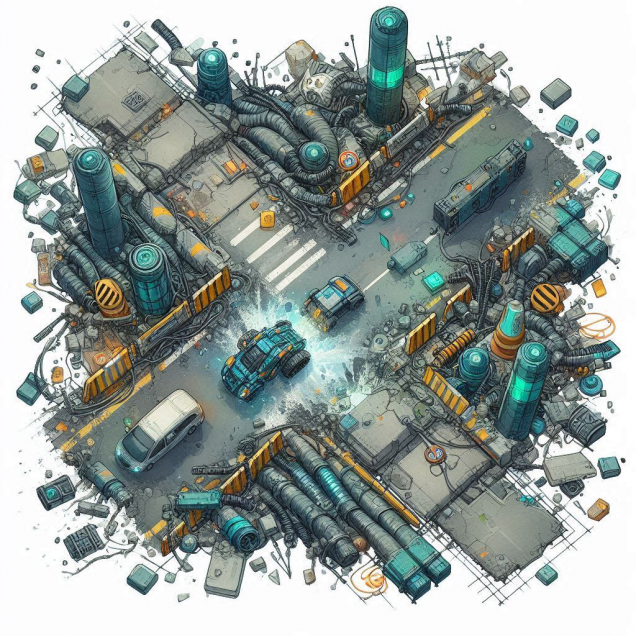

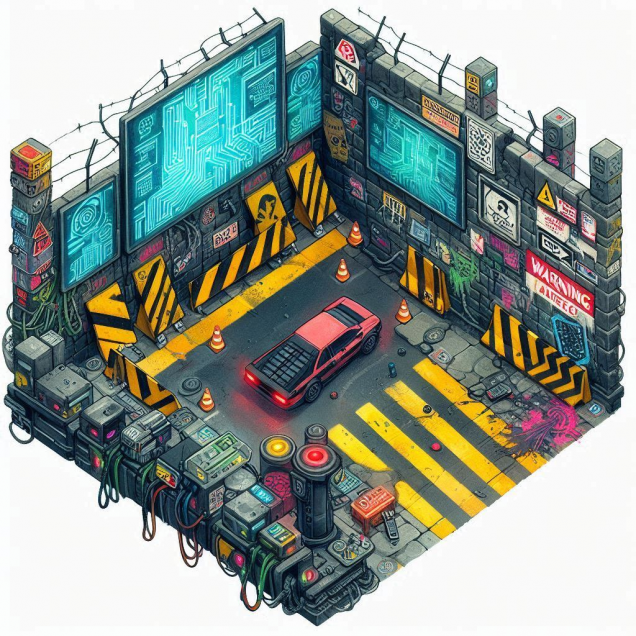
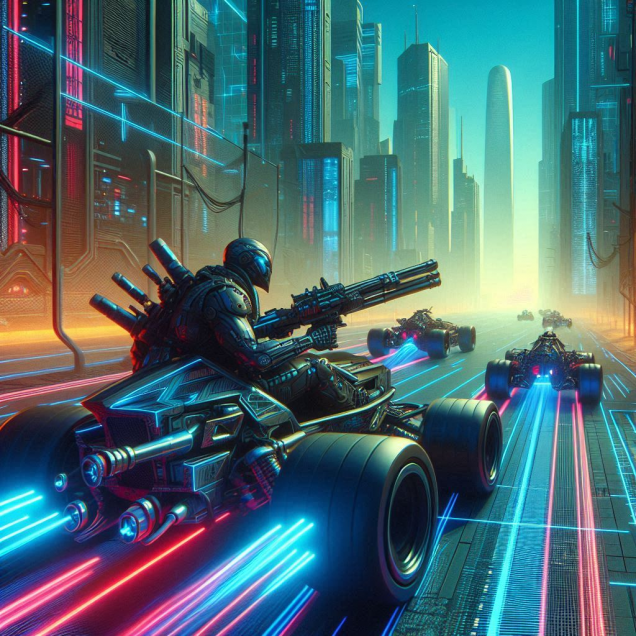


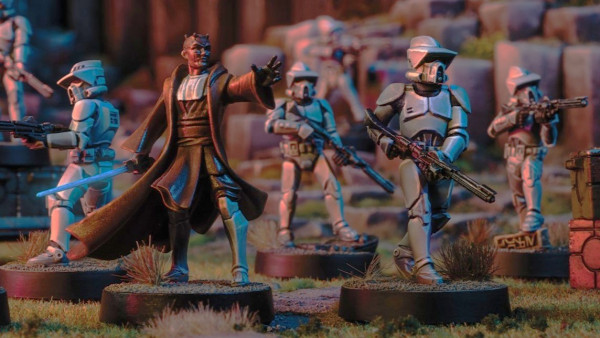
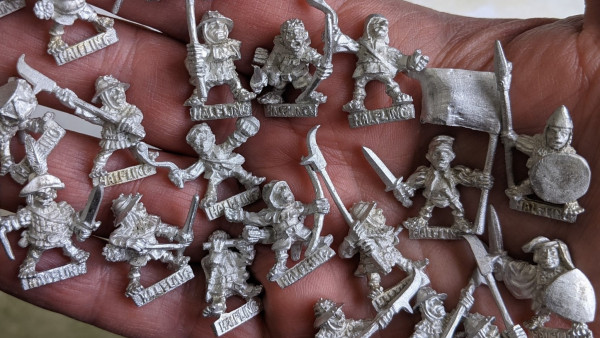
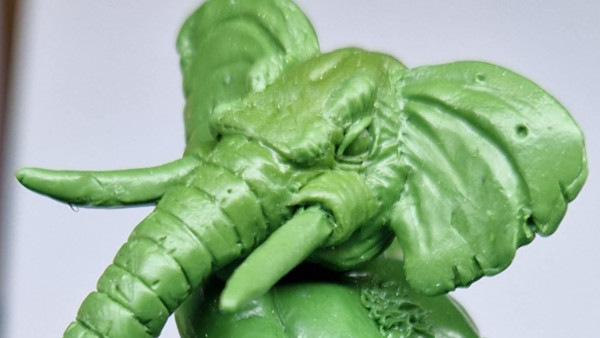
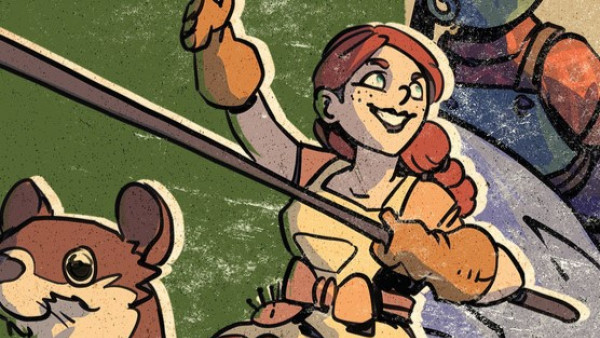
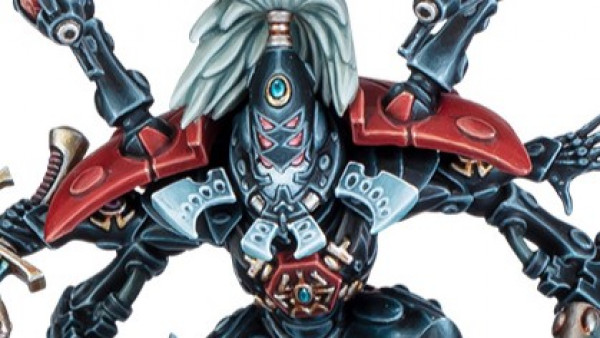
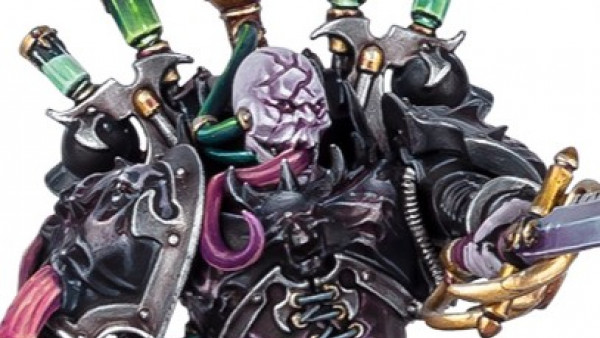
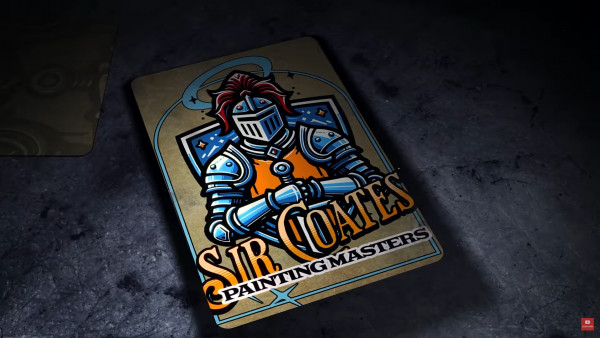
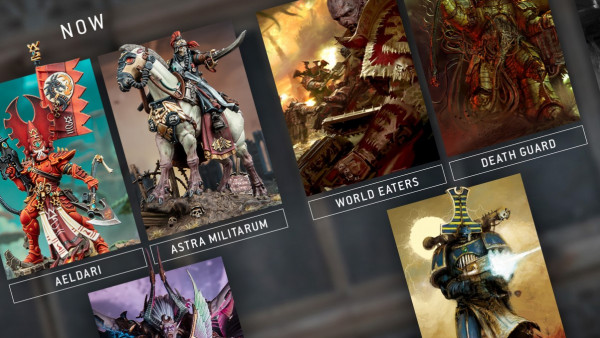
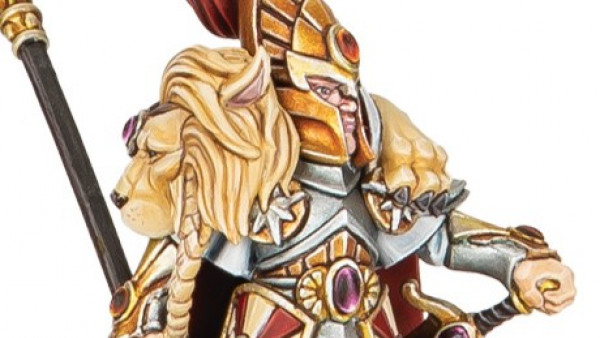
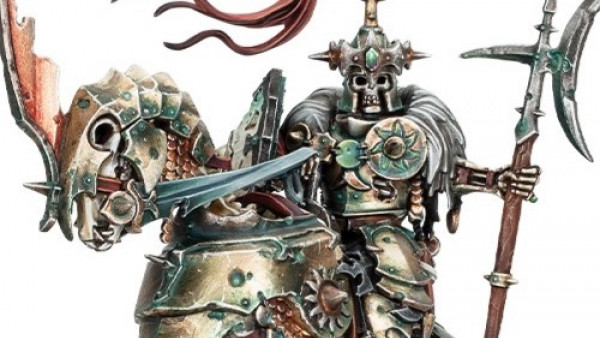

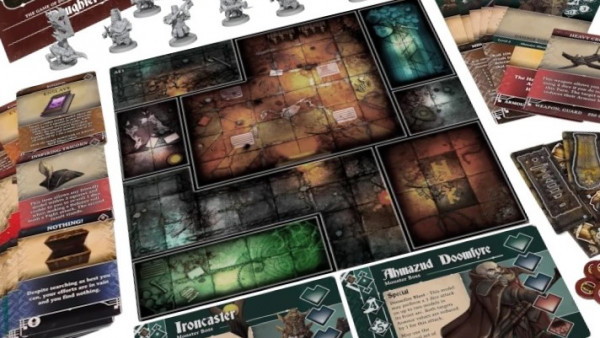




















Leave a Reply